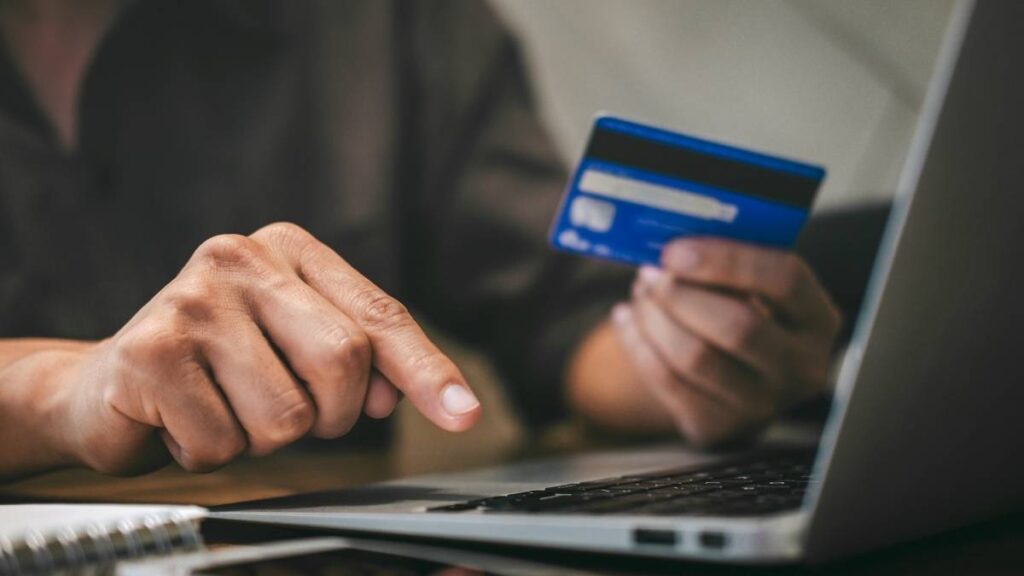
Wondering how to tell credit card type from number? Whether you’re a consumer, small business owner, or fraud prevention professional, identifying whether a card is Visa, Mastercard, Amex, or Discover is simpler than you think. It all starts with the card number’s first few digits. This guide breaks down the process in a beginner-friendly way, helping you decode credit card numbers to spot the card network, issuer, and more. With this knowledge, you can verify transactions, prevent fraud, and ensure smooth payments. Let’s dive into how to tell credit card type from number and why it matters.
Why Credit Card Numbers Matter
Credit card numbers aren’t just random digits. They hold key details about the card’s network (like Visa or Mastercard) and the issuing bank. Understanding these numbers helps you confirm a card’s legitimacy, avoid fraud, and ensure it’s accepted for payment. For businesses, knowing how to tell credit card type from number can streamline transactions and reduce errors. For consumers, it’s useful for matching cards to rewards programs or spotting suspicious activity. Let’s break down the structure of these numbers to see how they reveal critical information.
The Structure of a Credit Card Number
Most credit cards have a 16-digit number, though American Express uses 15 digits. These digits follow a standard format called the Issuer Identification Number (IIN) or Bank Identification Number (BIN), which makes up the first six digits. The IIN/BIN identifies the card network and the issuing bank or financial institution. The remaining digits include an account number and a check digit to validate the card. By learning how to tell credit card type from number using the first few digits, you can quickly identify the card’s network and issuer.
How to Tell Credit Card Type from Number
The easiest way to identify card type by first digit is to look at the card number’s starting digits. Each major card network—Visa, Mastercard, American Express, and Discover—uses specific prefixes. Below, we’ll explain how these digits reveal the card type and issuer.
First Digit = Card Network
The first digit of a credit card number is a quick clue to the card network. Here’s a simple breakdown:
- 3: American Express, Diners Club, or JCB
- 4: Visa
- 5: Mastercard
- 6: Discover
For example, a card starting with “4” is always a Visa, while one starting with “5” is a Mastercard. This is the first step in how to tell credit card type from number, and it’s a reliable starting point for consumers and businesses alike.
First 4–6 Digits = Specific Issuer (BIN/IIN)
The first 4–6 digits, known as the BIN or IIN, pinpoint not just the card network but also the issuing bank or financial institution. For instance:
- 4111: Visa issued by Chase
- 6011: Discover
- 5156: Mastercard
- 3782: American Express
A BIN database can provide detailed information about the issuer, card type, and even the card’s country of origin. Businesses often use BIN lookup tools to verify cards during transactions, ensuring they’re valid and reducing fraud risks. Knowing these credit card prefixes and networks helps you confirm a card’s legitimacy quickly.
Tools to Identify a Credit Card Type by Number
If you’re unsure about a card’s type or issuer, several tools can help. These resources make it easy to decode credit card numbers and verify details:
- BIN lookup websites: Sites like binlist.net or binbase.com let you enter the first 6–8 digits to identify the card network, issuer, and more.
- Merchant payment gateways: Many payment platforms, like Stripe or PayPal, include BIN filtering to verify cards during checkout.
- Your bank’s customer service: Call your bank and provide the first six digits for quick identification.
- Card network identification guides: Visa, Mastercard, Amex, and Discover publish guides on their websites with prefix details.
Using these tools, you can confidently identify card type by first digit or BIN, ensuring secure and accurate transactions.
Common Prefixes for Major Credit Card Networks
Each major card network uses specific starting digits or ranges. Below, we outline the most common prefixes to help you master how to tell credit card type from number.
Visa – Always Starts with 4
Visa cards are easy to spot because they always begin with a “4.” For example, a card number like 4123-4567-8912-3456 is a Visa. The next few digits identify the issuing bank, such as Wells Fargo or Bank of America. Visa’s simple prefix makes it one of the easiest networks to identify.
Mastercard – Starts with 51–55, and Now 2221–2720
Mastercard numbers start with 51, 52, 53, 54, or 55. Since 2017, Mastercard also uses the range 2221–2720 to accommodate more cards. For instance, 5267-1234-5678-9012 is a Mastercard. These credit card prefixes and networks are critical for quick identification, especially for merchants processing payments.
American Express – Starts with 34 or 37
American Express (Amex) cards start with 34 or 37 and have 15 digits instead of 16. For example, 3782-123-456-78901 is an Amex card. The unique prefix and shorter number make Amex cards stand out in card number identification.
Discover – Starts with 6011, 622126–622925, 644–649, or 65
Discover cards have several prefixes: 6011, 622126–622925, 644–649, or 65. For example, 6011-2345-6789-0123 is a Discover card. These ranges make Discover slightly trickier to identify, but checking the first four to six digits will confirm the network.
How This Knowledge Helps Consumers and Businesses
Knowing how to tell credit card type from number offers practical benefits for both consumers and businesses:
- Spot fraud or suspicious cards: By checking the BIN, you can verify if a card matches the expected network or issuer, helping flag potential fraud.
- Know if a card is accepted: Businesses can confirm whether they accept a card type (e.g., some merchants don’t take Amex) before processing.
- Match cards with rewards: Consumers can use the right card for specific rewards categories, like using a Visa for travel or a Mastercard for cashback.
- Understand issuer rules: Different issuers have unique policies for disputes, refunds, or chargebacks, which BIN lookup can clarify.
This knowledge empowers you to make informed decisions, whether you’re shopping online or running a business.
FAQs
Can I tell if a credit card is Visa or Mastercard just by the number?
Yes! A card starting with “4” is a Visa, while one starting with 51–55 or 2221–2720 is a Mastercard. Checking the first digit is the quickest way to tell the difference.
Is it safe to check a card type using a BIN lookup tool?
Yes, reputable BIN lookup tools like binlist.net are safe, as they only require the first 6–8 digits, not the full card number. Avoid sharing sensitive details like the full number or CVV.
What’s the difference between card type and card issuer?
The card type is the network (e.g., Visa, Mastercard), identified by the first digit. The card issuer is the bank or institution (e.g., Chase, Citi) that provides the card, revealed by the first 4–6 digits (BIN/IIN).
Conclusion
Learning how to tell credit card type from number is a simple yet powerful skill. By checking the first digit or using a BIN lookup tool, you can quickly identify whether a card is Visa, Mastercard, Amex, or Discover. This knowledge helps consumers maximize rewards and avoid fraud, while businesses can verify transactions and ensure smooth payments. Always use secure tools like trusted BIN databases or your bank’s resources when checking credit card details. Whether you’re shopping online or managing a business, understanding credit card prefixes and networks makes transactions safer and more efficient.

Emma Rose is a U.S.-based personal finance writer and a regular contributor at Cardix.us. She focuses on topics like credit cards, credit scores, and everyday money management. Emma’s writing makes complex financial concepts simple and practical, helping readers make smarter credit and spending decisions with confidence.

